Sri Lanka is one of Asia’s richest treasure troves of both natural and man-made wonders. Royal and sacred cities, colonial strongholds, temple caves and virgin forests with no fewer than seven World Heritage Sites in Sri Lanka declared and listed by UNESCO. However, the capital often gets overlooked, now Colombo is rapidly emerging as a tourist destination in its own right. There has been an increase in the number of hotels opening up around the city offering better choice at all price points, and since there is the Colombo expressway which halves the journey time from the airport to the capital there is no real excuse to avoid this city.
Colombo is a busy and vibrant city with a mixture of modern life and ancient historical colonial buildings and ruins that offers a variety of experiences. There is a lazy charm of the historical era combined with the liveliness of a modern city. This small seaport with a natural harbor was introduced as “Colombo” by the Portuguese in 1505 and is believed to be derived from the classical Sinhalese name Kolon thota, meaning “port on the river Kelani”. It has also been suggested that the name may be derived from the Sinhalese name Kola-amba-thota which means “Harbor with leafy mango trees”.
The city boasts lush gardens, fine dining options, shopping malls packed with expensive designer brands, busy roads and street markets. Despite its small size just 37.31 km² Colombo offers a varying selection of experience ranging from taking a tuktuk ride, a visit to Pettah market and eating Kottu to playing a round of golf and having high tea at one of the colonial style hotels overlooking the Indian Ocean.

Masks at the Market
In order to familiarise yourself with Colombo head to the best known part of the city, Fort, which started life as a fortified base for the Portuguese in the 16th century. Here you will find the President’s House, Parliament building with the impressive clock tower to act as your landmark. Make time to visit the Pettah markets for a flavour of a busy Sri Lankan shopping experience – it’s worth seeing what it’s like, even if you don’t want to buy anything.
The sites and smells of the market will probably make you hungry so our suggestion would be to head to the Pagoda Tea Room on Chatham Street. The decor might be familiar to some as aficionados of 80’s pop might recognise this establishment where Duran Duran filmed their Grammy winning video Hungry Like the Wolf. Being the oldest dining establishment in the city (circa 1884) take a seat in the cool and cavernous dining room and order like the locals and try the ‘rice and curry’. The huge helping of rice will provide you with sufficient energy to explore the city.
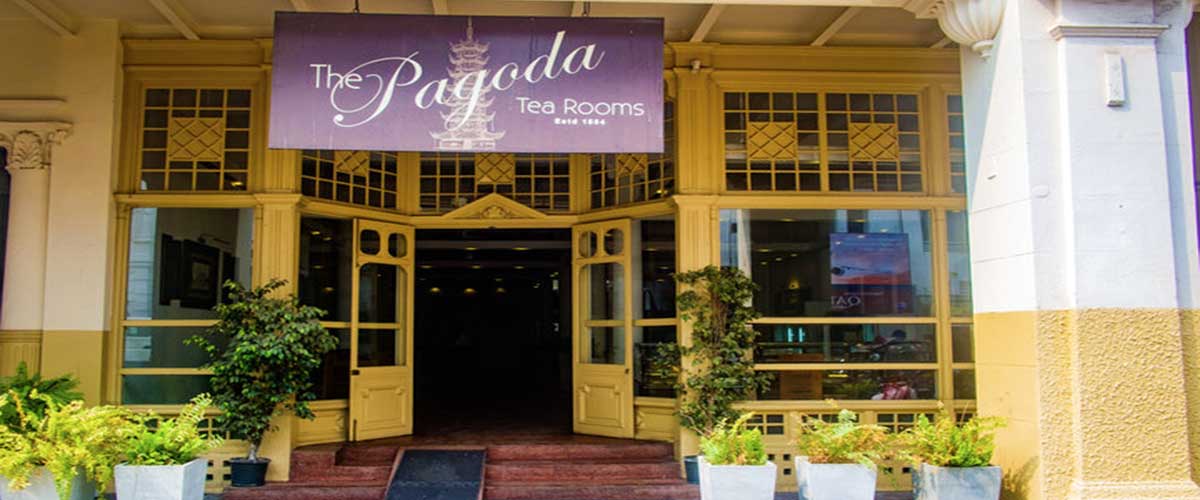
Pagoda Tea Rooms
After lunch, we suggest heading back into the market and visiting any one of the numerous jewellery shops selling various precious stones, sapphires in particular. Other noteworthy shops to visit are the Ayurvedic Medicine establishments, selling all sorts of natural remedies, quite different from the western pharmacies you will be accustomed to.
After you have had your fill of the market head to the nearby Viharamahadevi Park, which has imposing views of the town hall. Within the park you will find the Sri Lanka National Museum. Housed in a regal two storied Italian-style building, the museum sits in the beautiful surroundings of Cinnamon Gardens. Here you will see a vast array of ivory objects some of the most unique in the world and the museum is best known for its collection of artifacts, antiques and objects d’art displaying the cultural heritage of the country.
For a late afternoon stroll we recommend you head to the seafront for a relaxed walk down the Galle Face Green Promenade, a long stretch of grass where you take in the lively atmosphere and watch the sun setting over the ocean.
The restaurant scene in Colombo is thriving, with a range of fine dining, budget eats and quirky colonial restaurants offering something to suit every taste. We have listed two of our favourite restaurants which sum up Colombo in our eyes, the first of which is the Gallery Café. It opened in 1998 in the former offices of world-renowned architect Geoffrey Bawa, managing to combine art and gastronomy. Before you sit down to enjoy your food you can peruse the art gallery which hosts various local artists and designers.
To round off your first night in Colombo head to the Sky Lounge, located in the Kingsbury Hotel. This trendy hangout has a great selection of drinks and an equally impressive view.
The next morning take a tuk-tuk and head towards Beira Lake, floating in the middle of the lake is Gangaramaya Temple. The temple has been in existence for over 120 years having being established by one of the most famous scholar monks, Venerable Hikkaduwe Sri Sumanagala Nayaka Thera, founder of the Vidyodaya Pirivena, originally an institute of oriental learning for monks, now a State University – Sri Jayewardenapura University. The temple complex has a library, a museum and an eclectic mix of gifts from devotees and well-wishers. The temple is also the focus of the Navam Perahera on the February poya (full moon) day every year.
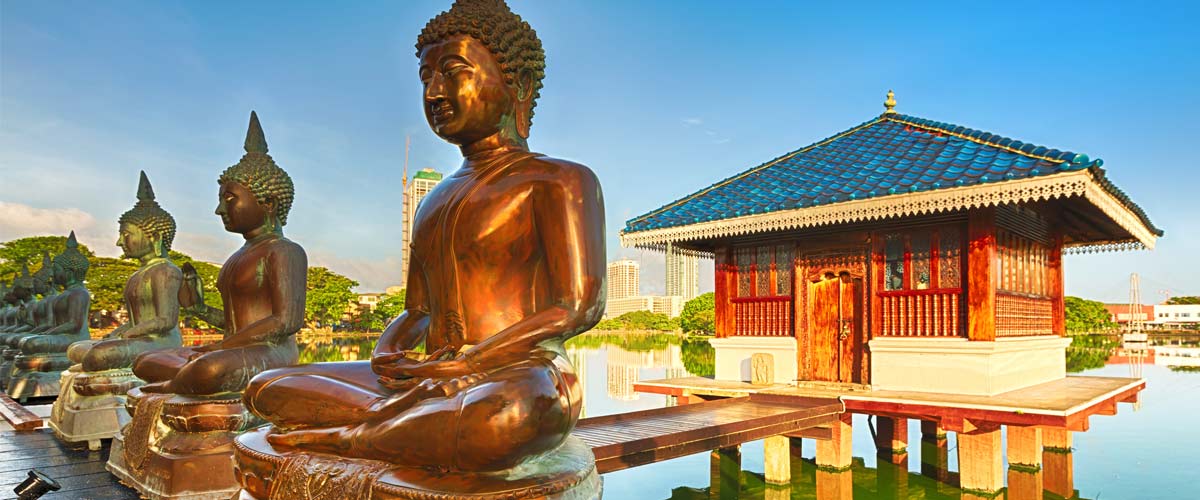
Jump aboard another tug-tuk or taxi and head to Isipathanaramaya Temple in Havelock. The temple is a magnificent place with colorful frescoes portraying the story of Lord Buddha on the walls and ceiling. The temple dates back to 1915, it was built by a father to bring merit upon his only son who was executed by a colonial regime when Sri lanka was ruled under the British monarch.
For lunch we recommend you try something unique to Sri Lankan cuisine, Kottu Roti. The quintessential Sri Lankan snack consists of sliced-up bits of roti, expertly blended with your choice of chicken, beef, egg, onions, tomatoes and green chillies. Unmissable.
Round off your afternoon with a stroll on the beach at Mount Lavinia, this is a relaxed southern neighborhood that’s home to the city’s best beach — a clean, wide stretch of yellow sand. There are numerous seaside restaurants where you can enjoy an ice cold beer and watch the families and couples frolic in the waves as the sun goes down.
If you want a different mode of transport than a taxi or tug-tuk we suggest taking the train back to the Fort. Colombo’s antiquated yet romantic trains run straight down the coast. You can board at Mount Lavinia railway station and head to Fort Railway. Stand in the open doorway and watch the waves of the warm sea break just feet away.
For your second and final evening in Colombo, we recommend dinner at the Ministry of Crab. Housed in a sympathetically restored 400-year-old former Dutch hospital, the restaurant only uses export quality crab in its dishes, with sizes ranging from 500g up to ‘crabzilla’ weights of more than 2kg. Chef Dharshan Munidasa managed to not only get Ministry of Crab listed as one of the 50 Best Restaurants in Asia, he managed to do the same for his other restaurant ‘Nihonbashi’, which combines a Japanese take on Sri Lankan ingredients.
Bring your weekend to close in Colombo with a drink at the Inn On The Green at the Galle Face Hotel.
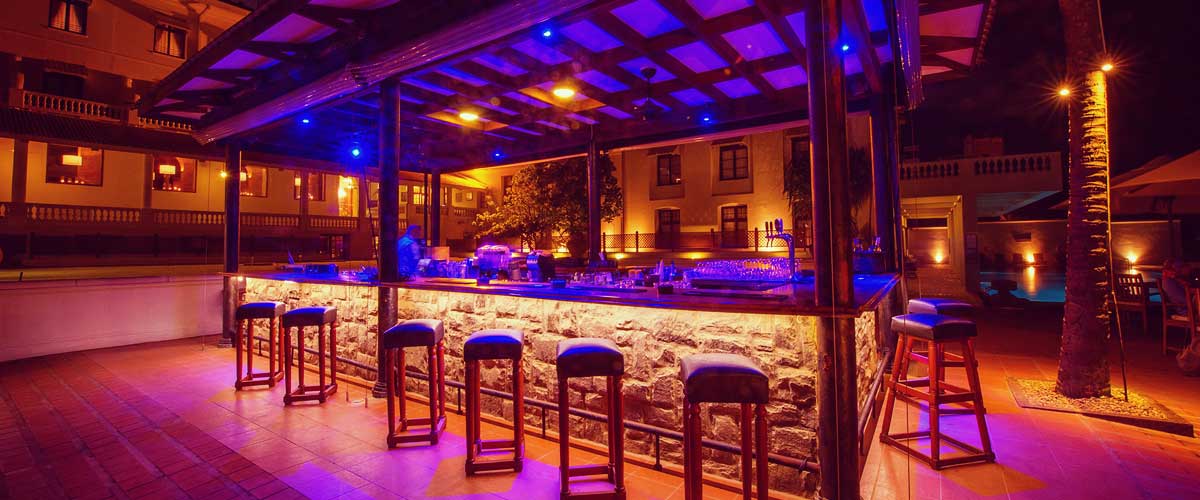
The pub has live music and a great vibe where you can mingle with the locals and foreigners and share stories of your most recent discovery in this charming city, Colombo.
Where to Stay
Galle Face Hotel –
Sri Lanka’s iconic landmark, the Galle Face Hotel, situated in the heart of Colombo, along the seafront facing the famous Galle Face Green.
Mount Lavinia Hotel –
Built incorporating the Victorian architectural style of the original 200 year old residence of Sir Thomas Maitland, Governor General of Ceylon in the early 1800s.
Related Tours
Ceylon Odyssey – Encompassing and
For more information or to start planning a unique holiday to India, please contact us:
info@indianodyssey.co.uk / +44 (0) 1224 313984



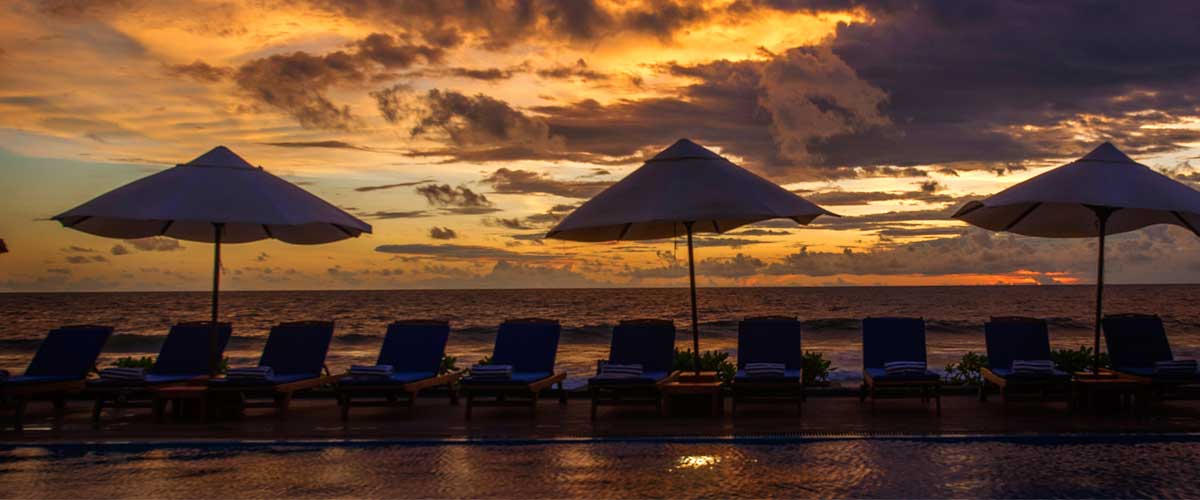
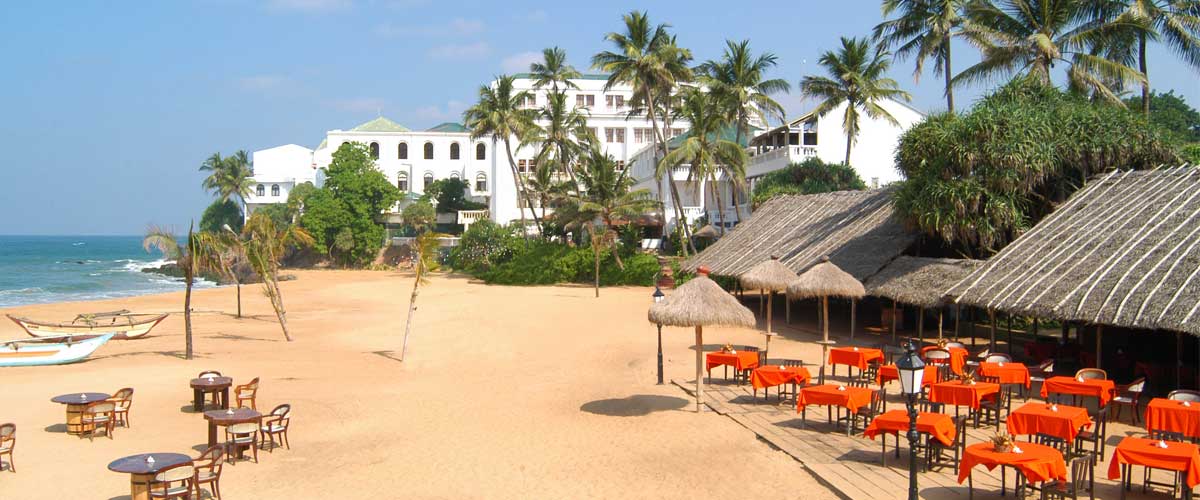








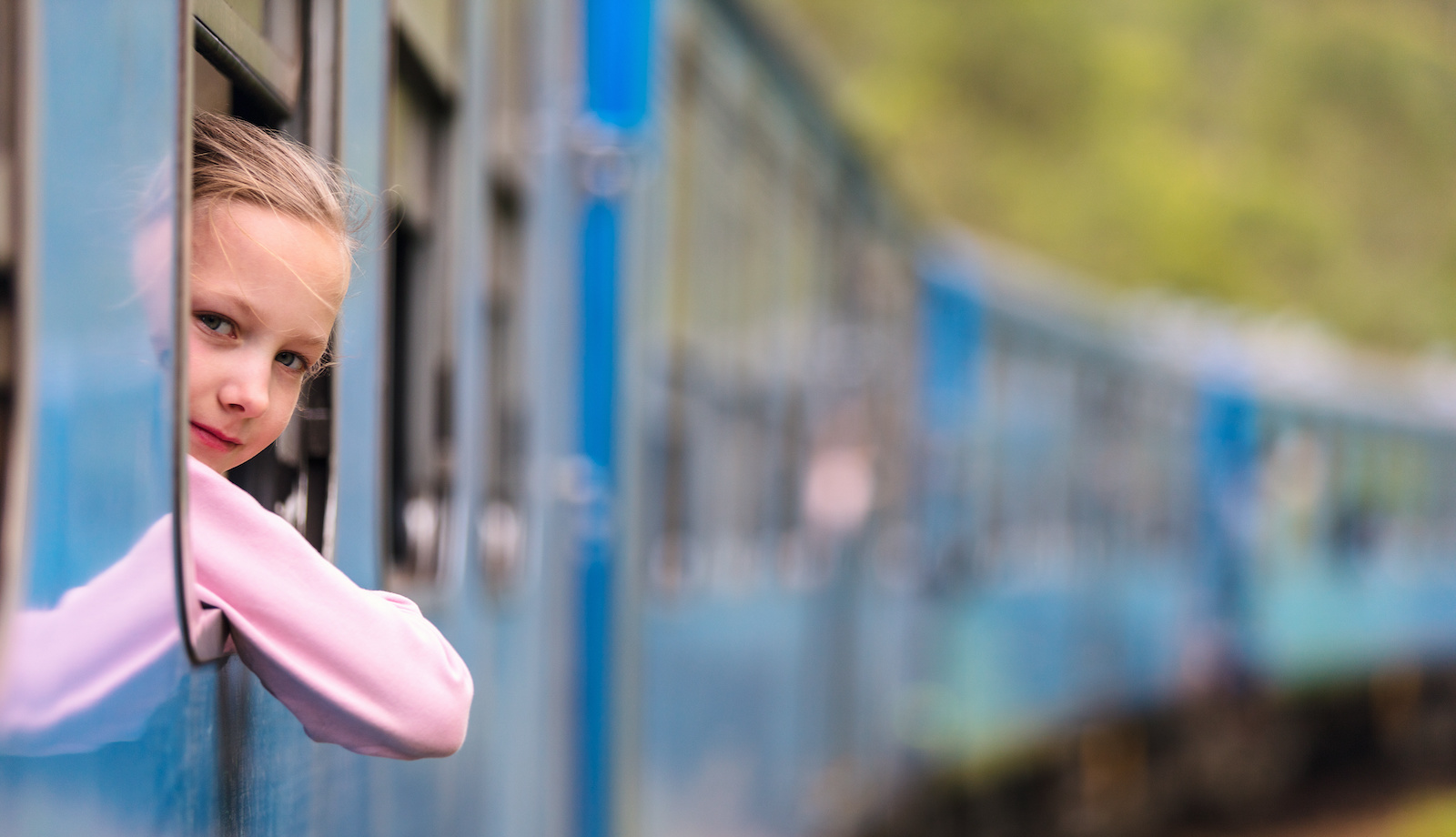
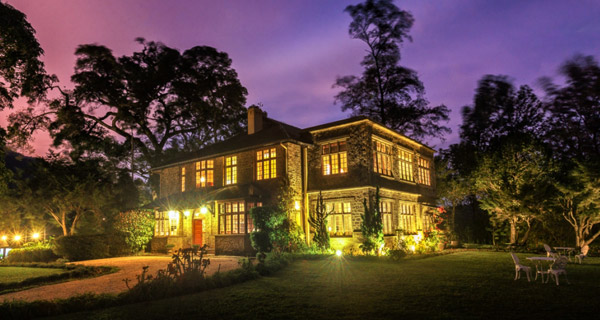
 Expertise
Expertise Quality trips honestly priced
Quality trips honestly priced Environmentally friendly trips
Environmentally friendly trips Freedom and choice
Freedom and choice Go beyond ordinary
Go beyond ordinary









